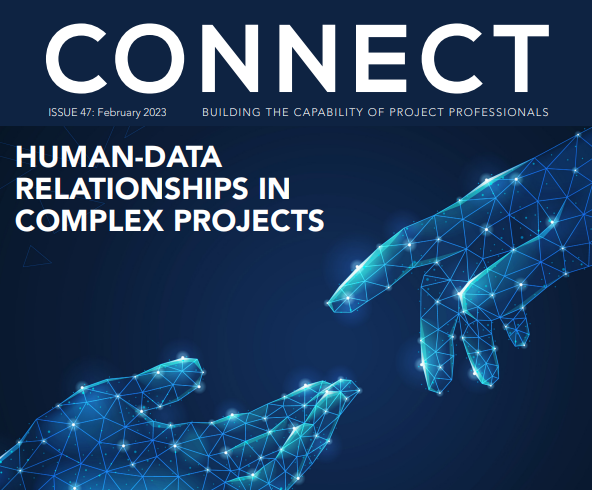
Decision Making – An Art and a Soft Skill for Project Managers
When discussing must-have skills for 21st-century project managers, we tend to prioritize digital skills, networking and people skills. While these are valid, we often leave out what I believe to be the most crucial of them all, decision making.
The daily life of a project manager is fraught with decision making. Not that the project team don’t face similar challenges. However, the project manager has what I call an unfair level of consequence tied to their every move. Unfair because their decisions bear a harder boomerang effect than anyone on the team. This is why decision-making will remain a key soft kill both now and in the coming decades.
Seeing the grave nature of our decisions as project managers, we must understand the basics of the art. Yes, decision making is an art, only when you understand the science behind it. Decision making in projects involves project leaders and their project team deciding on project plans, strategy and courses of action. While project stakeholders are mostly concerned about the project’s scope and big picture goals; a Project Manager and his/her team are often concerned with project plans and execution. There is no single way to go about this. But there are 5 beacons to look out for.
- Eyes on the ball
The best decisions are only those made with the overall goal in mind. When we lose focus on our plans, we run the risk of making poor, mediocre decisions that will ripple throughout the project in terrible ways. As Stephen R. Covey said, “the goal is to keep the main thing the main thing”.
- Establish and follow a decision-making process
You can’t go wrong with the right systems. Systems and processes ensure the predictability of outcomes. The right systems can make a mediocre team achieve great strides. However, poor processes and systems will cripple even the most promising project teams.
- Understand your environment
Decisions are not made in a vacuum. The accuracy and success of your decisions lie in how best they reflect the nuances of your physical, economic and socio-political environment. This is where you want to put the power dynamics (existing in your project) into perspective. Never ignore these details. As the author of The Lord of the Rings wrote. “it’s dangerous to leave a live dragon out of your calculations, if you live near one.”
- Analyse the information available to you
Analysis makes sense out of your data set. Ensure that your sources are credible, timely and accurate. Also, be comfortable with not having all the required information at your disposal. The risk factors in decision making are in the information gaps inherent in any project. Consult with your team and the right stakeholders to offer you perspective. When all else fails, follow your inner voice (a.k.a your sixth sense).
- Manage Your Risks
Project risks are the dragons in your decisions making. Your job as a project manager is to identify, analyze, share and address your biggest risks. In most developing countries, the biggest risks are often socio-political. They come from the government and the policies they float. Also, you must consider the economic risks. Decide what risks you can take on and those you cannot bear, and what you must do with them.
In the end, maintain flexibility. Your approaches will change but your goals must remain firm. Decision making is an art, only when you understand the science behind it, says Pearl Zhu.






